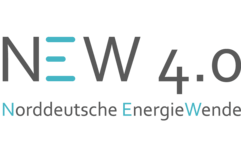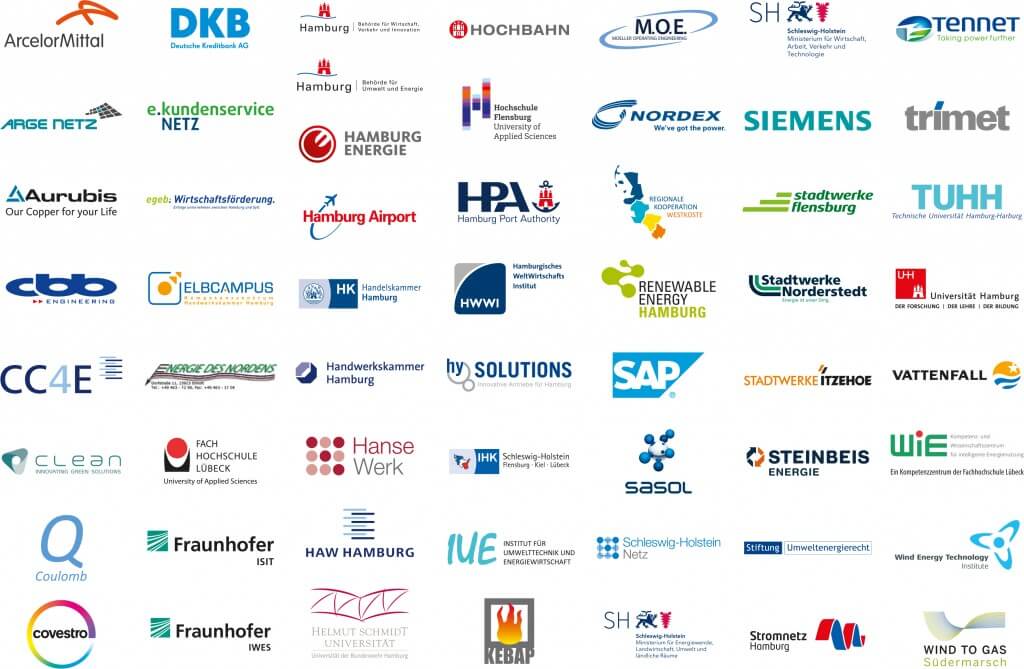News Release from windfair.net
Wind Industry Profile of
Energy transition in Northern Germany: Taking things into their own hands
The catchy title stands for an innovation alliance of industry, science and politics. This alliance wants to prove that the entire region with a total of nearly 4.5 million inhabitants can be supplied with 100 percent renewable electricity as early as 2035 – 15 years before the intended schedule of the federal government. No less than the fourth industrial revolution will be launched by using the digitilization of the industry and intelligent networking of systems in the context of a joint energy policy.
The project will start on 1 December this year and will run until 2020. The costs are 90 million Euros, 44 million euros being supplied by the Federal Ministry of Economics, which is funding the project. The rest of the money will be provided by various other sources. 60 partners from industry and science have joined forces, including competitors which are „fighting each other with knives“ on the open market as Professor Dr. Werner Beba, project manager of the HAW Hamburg, put it during the presentation. But for the joint goal of advancing the energy transition, they want to overcome their issues and work together.
 The federal states of Schleswig-Holstein and Hamburg are also working together. Each sent senior representatives of their governments to present the NEW 4.0: From Schleswig-Holstein the Minister of Energy Transition and Deputy Prime Minister Robert Habeck traveled to Hamburg. He was joined by Reinhard Meyer, Minister of Economy in the most northern German state.
The federal states of Schleswig-Holstein and Hamburg are also working together. Each sent senior representatives of their governments to present the NEW 4.0: From Schleswig-Holstein the Minister of Energy Transition and Deputy Prime Minister Robert Habeck traveled to Hamburg. He was joined by Reinhard Meyer, Minister of Economy in the most northern German state.
Hamburg was present with Senator Jens Kerstan (Environment and Energy) and Frank Horch (Economy). They were supported by Dr. Martin Grundmann of the ARGE network.
There is a simple idea behind the project: The state of Schleswig-Holstein is already producing as much electricity from renewable sources that, mathematically, the entire region could be self-sufficiently supplied with green electricity. But since there are not enough buyers in their own state, the excess wind power has to be exported – which is where Hamburg comes into play. The city-state has no way of producing the needed amount of renewable electricity by herself and is thus ideally suited as a purchaser. Tackling the challenge of the growing imbalance of generation and load situation in the region is intended to be exemplary and transferable to other German and European regions. Even regions outside Europe could take the model as an example.
The problem in Germany at the moment is mainly grid extension which is not keeping up pace with the expansion of renewable erngy. There has to be other ways to use the produced electricity efficiently, as Robert Habeck made clear: „We do not have too much renewable energy, we have too little! But the power must also be brought into the areas where it is needed.“
That is where NEW 4.0 steps in: The current electricity export needs to be improved, while also the energy self-management rate has to be increased. The keyword here is the often discussed sector coupling. Therefor, NEW 4.0 plans to invest in various projects to promote energy transition where it is possible. The north came to realise, it is not enough to make policy without those affected by it – the industry. The laws and rules also must be tested in practice and be feasible. „It makes more sense to ride the wave, than face to meet her“, said Hamburg's Jens Kerstan significantly. We need a new energy system and we now want to „show the rest of the country how it is done.“
The participating companies are investing into a project whose outcome is uncertain, because the various individual ideas will not all prove to be feasible and competitive. Nevertheless, „the greatest risk is that it works,“ Habeck said in a nutshell.
One of the ideas, for example, is to adjust the production in the participating companies according to times of high energy production. Aurubis, ArcelorMittal and trimet which are all part of NEW 4.0 are companies that consume enormous amounts of energy. Also the Hamburg Airport and the Port of Hamburg have joined the project to learn how to optimize their energy consumption. Wind turbine manufacturers Nordex and Siemens are on-board too.
One focus of the project is likely to be the development of long-term storage facilities, but the alliance is however open to technology, said Beba. They want to try different options and hope that in the future the government in Berlin will take action and apply some measurements nationwide.
The interest in participating in the project was so huge that they had to cancel a number of interested parties. A good sign overall as it shows that the desire for energy transition is present and serious. In northern Germany, now perhaps more than anywhere else.

Participating companies (Image by NEW 4.0)
- Author:
- Katrin Radtke
- Email:
- kr@windfair.net
- Keywords:
- new 4.0, energy transition, Energiewende, Hamburg, Schleswig-Holstein, alliance, WindEnergy Hamburg






















